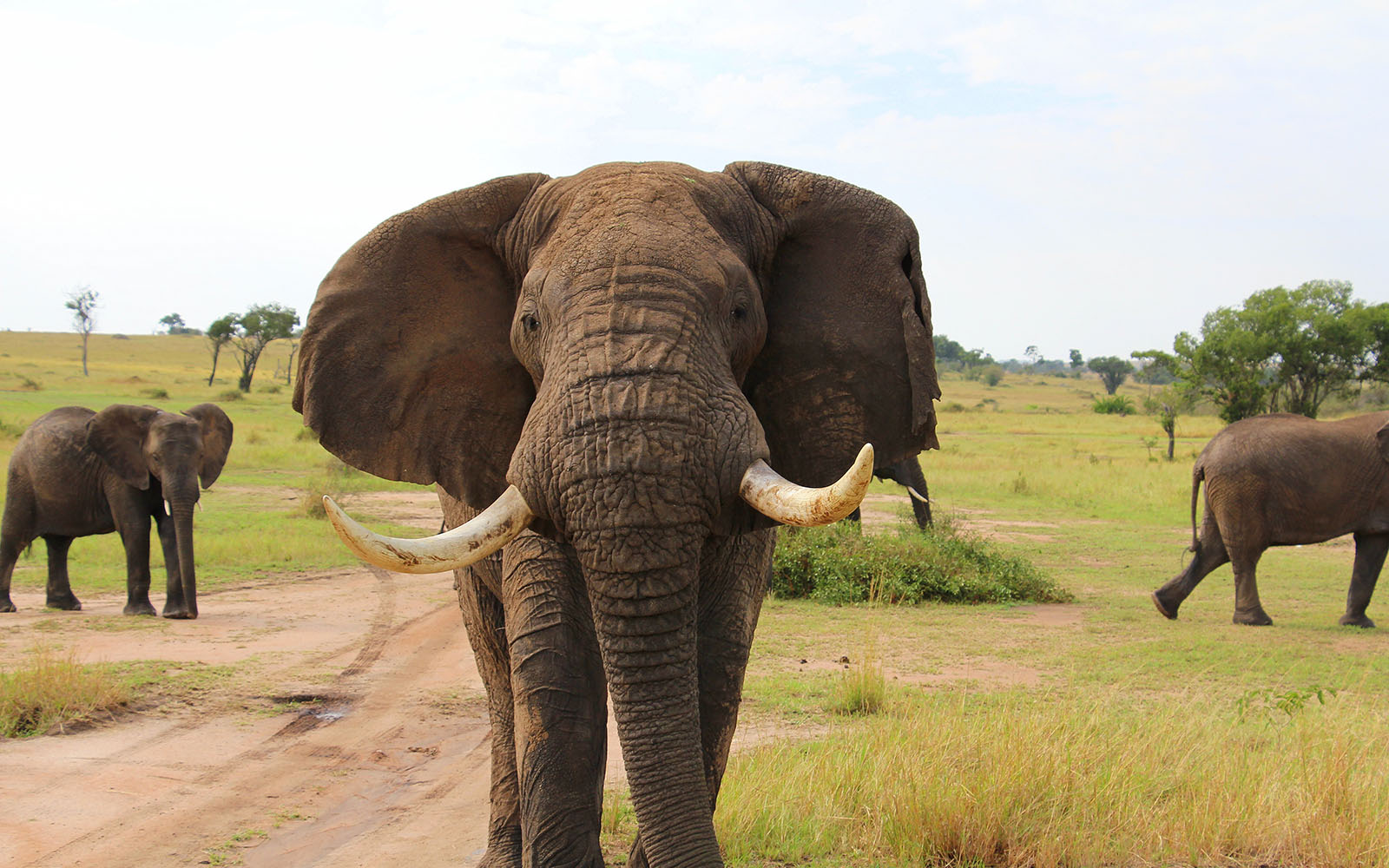Serengeti National Park
Serengeti National Park
The Serengeti is one of Africa’s most well-known parks, known for its wildlife and traditional African beauty. It is the oldest park in Tanzania and a Unesco World Heritage Site. It is the site of the dramatic wildebeest migration and provides excellent animal watching all year.
The Great Migration of the Wildebeest
Over 2 million wildebeest, zebra, and gazelle migrate annually from the Serengeti to Kenya’s Masai Mara Reserve. You may see herds of wildebeest and zebra extending to the horizon if you arrive at the correct time.
Wildlife
The Serengeti has some of Africa’s best wildlife viewing. All of the major safari species can be found in large numbers. Cheetahs and four of the Big Five are common sightings, but rhino sightings are uncommon, with only black rhino present. Aside from the big cats, numerous other predators can be seen, including spotted hyenas, jackals, and bat-eared foxes (particularly in the morning).
Scenery
The Serengeti’s grassland plains in the southeast are famous for their beauty. The terrain is more mountainous and rocky in the north. Valleys, rivers, and forests can be found to the west. ‘Koppies,’ granite outcrops rising from the plains, can be seen in several regions of the Serengeti. It’s a massive, breathtaking landscape – huge sky country that feels like untamed wilderness.
Best Time to Visit
In general, wildlife enthusiasts should plan their trips to coincide with the dry months (June to October). If you can, go in June or July, when the spectacular wildebeest migration regularly tramples the plains. Visit in late January or February if you want to watch predators in action. When the wildebeests calve, the annual rains come to a halt.
Discover Tanzania best places to visit.
Tanzania Destinations
Discover Tanzania’s iconic destinations

